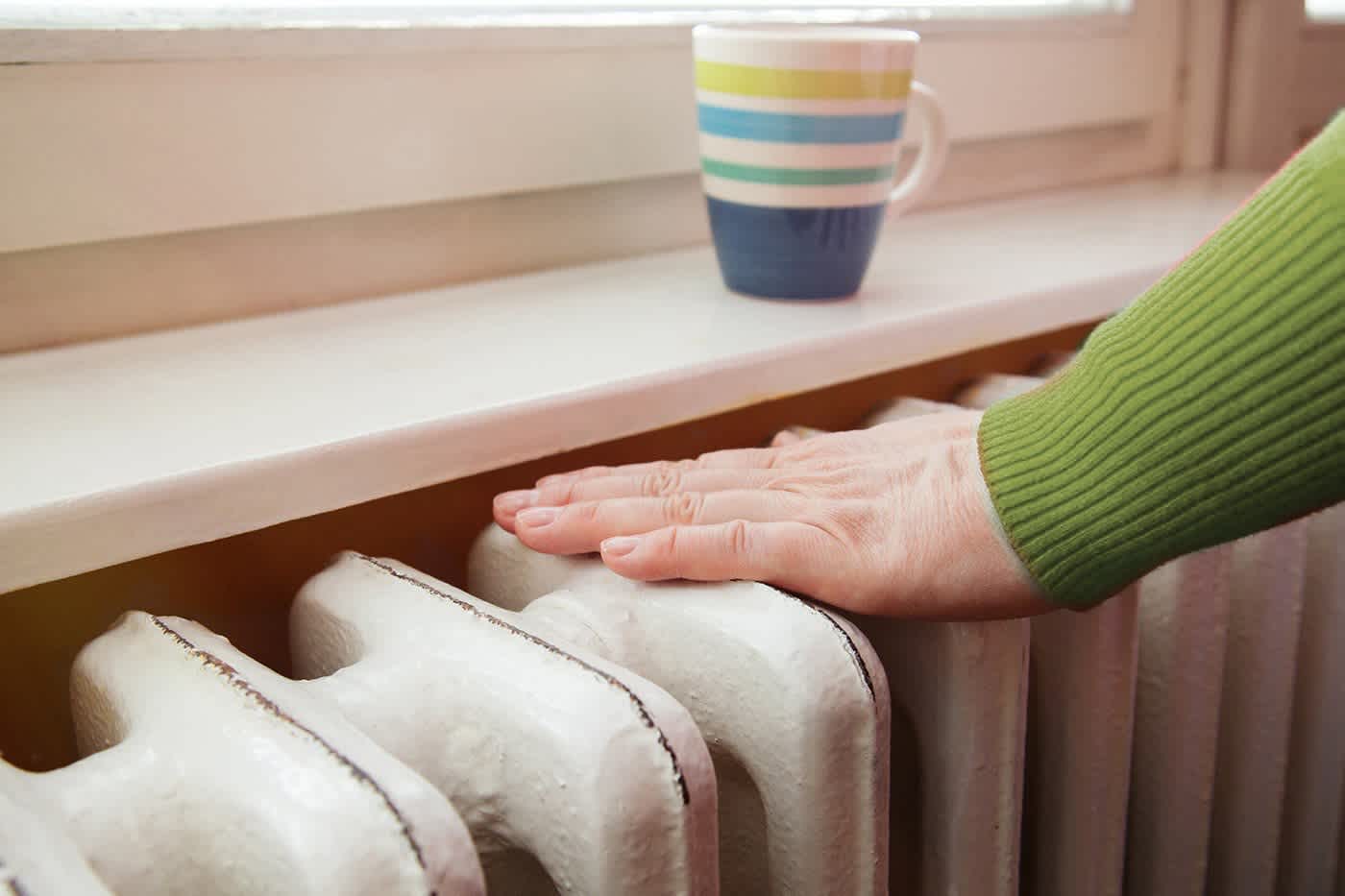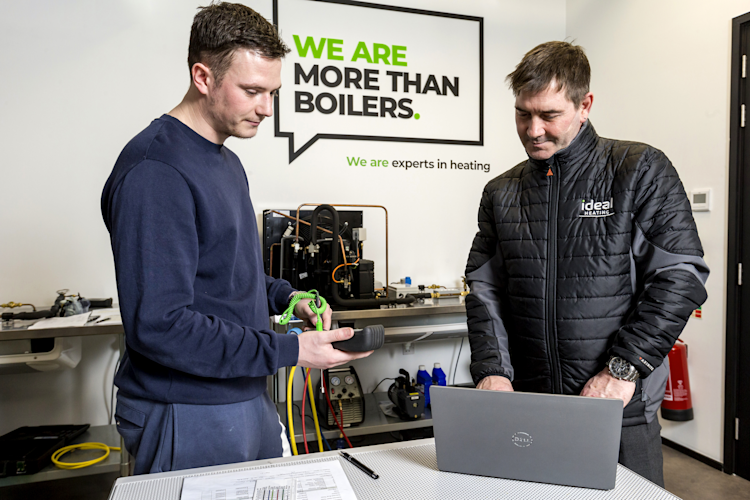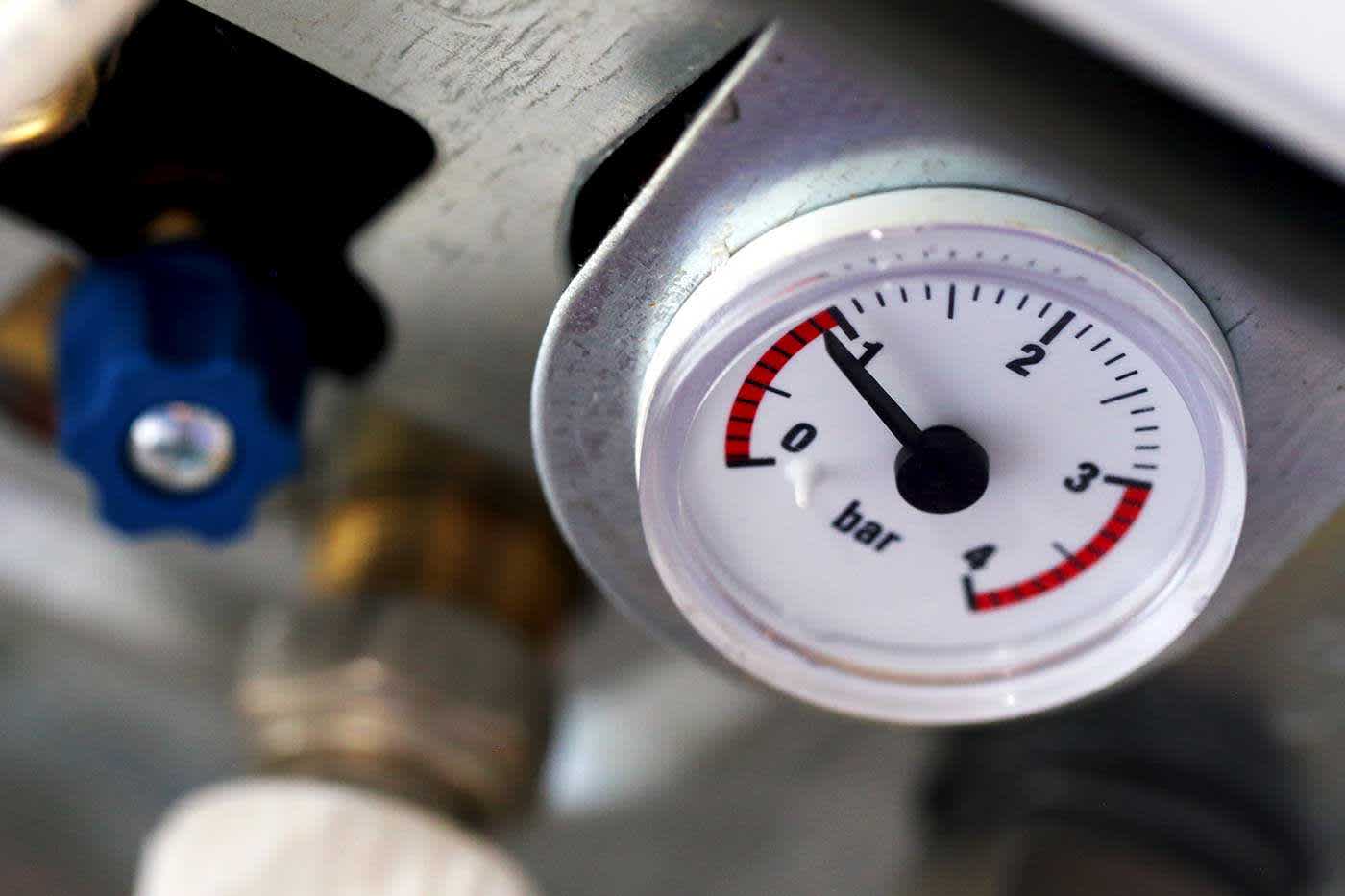
Radiator cold at the top? Here's why and what to do
When they’re working properly, radiators should be hot to the touch from top to bottom, left to right. Heat from the water is lost in the process, and that’s a good thing, because it’s warming your rooms. But the radiator should still feel more or less the same temperature all over, as the heat loss should be uniform. However, if they are colder at the top than the bottom, there could be a problem. Luckily, it’s usually easy to fix, so let’s crack on.
How do I know my radiators are cold at the top?
If you touch your radiator and it’s cold, or if you’re drying something on it and it’s staying damp, it could simply mean that the heating is turned off, or that it’s only recently come on (whether that’s automatically or manually). If the heating has just come on, the radiator will be a bit hotter at the bottom near the inlet, as that’s where the new hot water is entering; the heat spreads over the area gradually. The real test is whether there’s a difference after it has been running for 15 to 20 minutes.
So if you’re sure the heating has been on for a while, place your palm against the radiator at the bottom in the middle, and slide your hand upwards to the top. If you feel it gets noticeable colder, you’ve got a problem.
Why radiators get cold at the top
The commonest, and most likely, reason for a radiator being cold at the top is trapped air. Because water is about 900 times denser than air, even if the air is under a small amount of pressure, the air will always float to the top. That means that once bubbles get into the system, if they reach a high point with no way out (like the top of a radiator), they will stay there. And more bubbles mean more air.
Water provides quite an effective barrier against air, which is why you can submerge an upside-down cup into a bath, and it’ll stay dry on the inside. So once the air is up there, it’s not getting out.
The final piece of the jigsaw is the fact that air doesn’t conduct heat anywhere near as efficiently as water and the air isn’t being heated up. In the bottom half of your radiator there’s a flowing, continually replenished supply of piping hot water. At the top is a static volume of gas that hasn’t been anywhere near a boiler. No wonder it’s cold.
How to bring back the warmth
Fortunately, trapped air in radiators is a common problem, and there’s an easy fix that’s designed into their construction.
At the top of the radiator you should find a bleed valve. They take several forms, so you’ll need to identify it. Sometimes the valve is right on the end of the radiator, pointing along the wall. Other times it’s a small bolt round the back. And sometimes the valve is on the top pointing up, particularly on things like heated towel rails.
While most bleed valves require a bleed key, you sometimes find one that opens with a screwdriver or spanner.
Make sure your heating is turned off and has cooled for half an hour or so, as the water inside can be scalding. Put some rags or towels down on the floor underneath the valve, and place a container like a cup or a tub on in, directly underneath the valve. If you have wallpaper behind the radiator, it’s a good idea to protect it too. Stick some card or plastic sheeting to the wall so any water drains down into the cup. There shouldn’t be too much water, however, so you don’t need a lot of protection or filling vessels.
Now, gently turn the valve clockwise until you hear hissing. This is the air being released, and is the sound you want to hear. If your cold top extended halfway down the radiator, you can probably open it up a bit more to speed up the process, but make sure it doesn’t come completely out, as you don’t want to be trying to replace it against flowing water. If it was just a few inches of cold, keep the valve only slightly open, as it will empty quite quickly.
It’s now a waiting game. As you relieve the pressurised air from the radiator, it will be filling up with water because the system is under pressure. It’s very difficult to tell when it’s nearly full, as it fills silently, and because it’s turned off, it won’t feel warmer. But be prepared to close the valve the moment you see water coming out. The bleed is a tiny hole, so it should only be a small amount, but some water will squirt out, which is why you take precautions to protect walls and carpets.
Close the valve quite gently. It’s not under extreme pressure, so doesn’t need to be very tight, but over tightening could cause the bolt to thread, and then it’s a bigger problem.
Preventing cold radiator tops in the future
Because a central heating system is under pressure, it’s almost impossible for air to get into the system from the outside. The most likely cause is corrosion on the insides of pipes and radiators. It’s a chemical reaction, which causes sludge that falls to the bottom of the radiators, and gas that bubbles to the top. It all happens very slowly, but given enough time, it will cause a noticeable problem. The solution to this is adding retardant to the system. It slows down or eliminates corrosion, and with it the gas problem.
It’s also possible for air bubbles to enter the system when it’s being filled, either by mistake or by the fact that all water has a certain amount of air trapped inside it. Changing temperatures and pressures can help liberate the air, hence the air in the system. Bleeding air out of the radiators will remove it permanently.


















